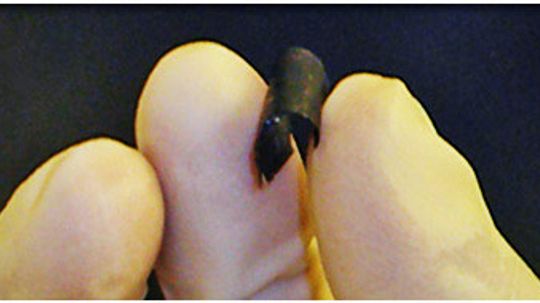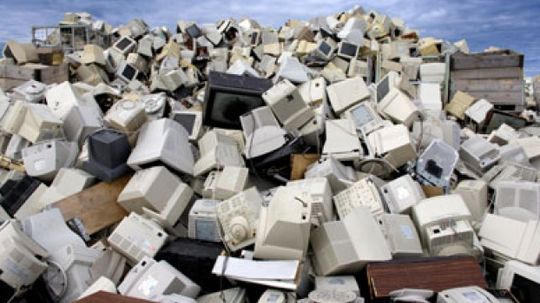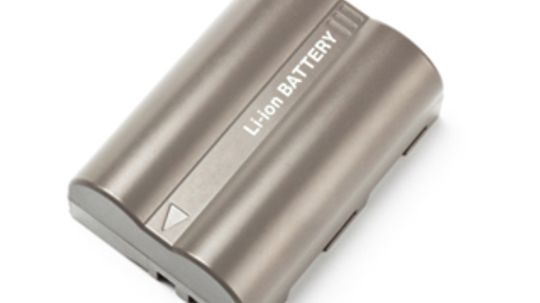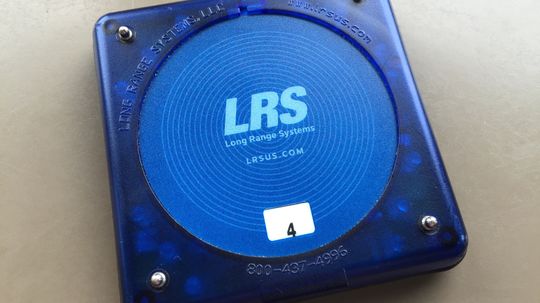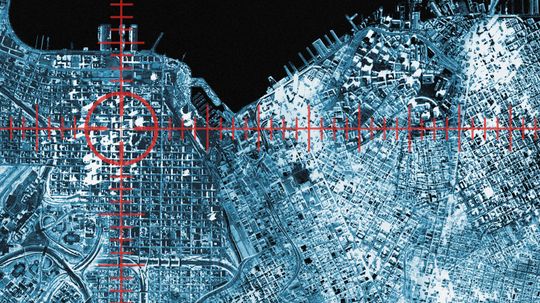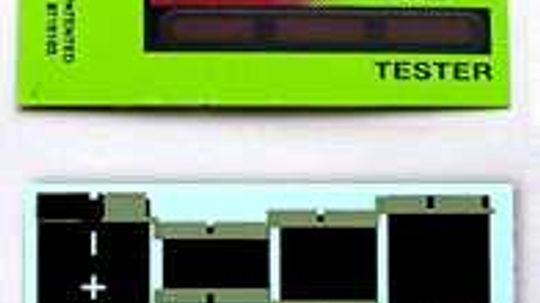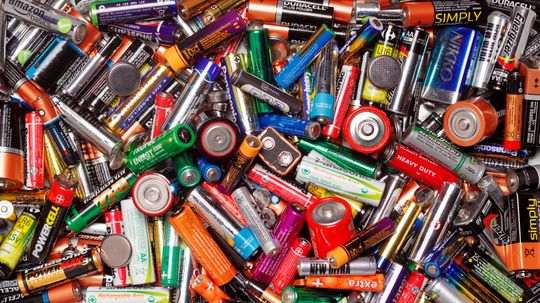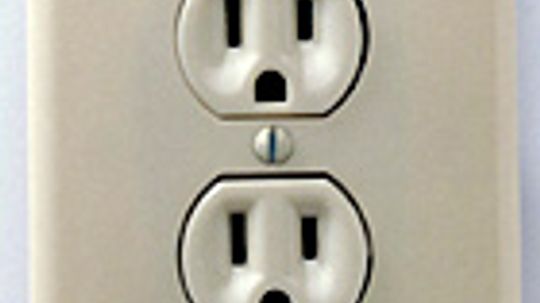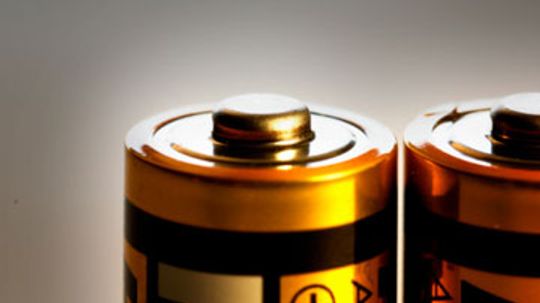Everyday Tech
How do batteries work? How much energy is your plugged-in gadget using? How do UPC codes work? Find this out and more with Everyday Tech.
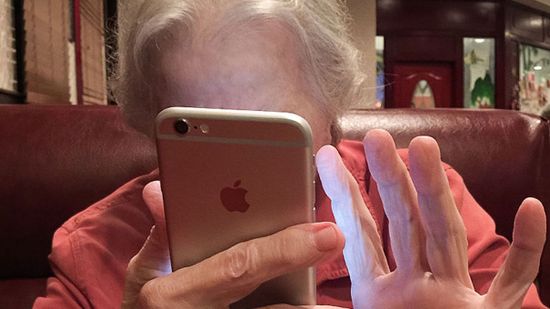
Seniors May Be As Hooked to Smartphones As Their Grandkids

5 Ways Technology Has Negatively Affected Families
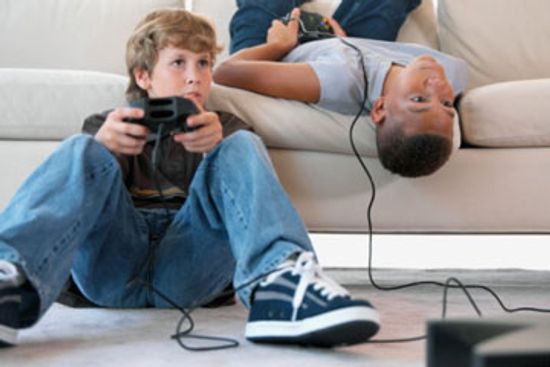
What life skills can video games teach kids?
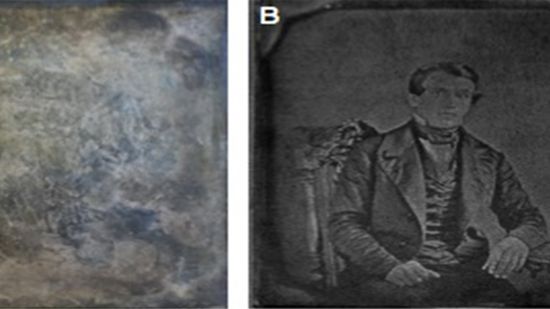
New Technology Revives Tarnished Daguerreotype Ghosts

13 Iconic Photographs That Captured the World's Imagination
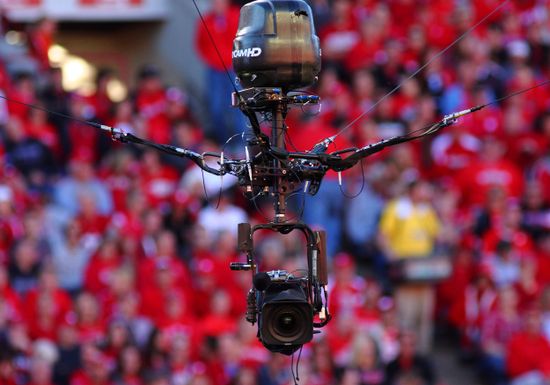
How Skycam Works

8 Jobs AI Will Replace and 8 It Won't (Yet)
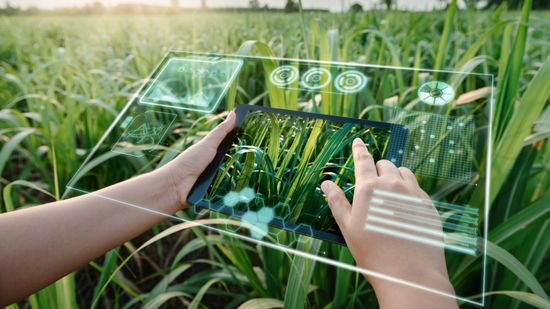
Times Science Fiction Movies Accurately Predicted Future Technology

We're Getting Closer to the Quantum Internet, But What Is It?
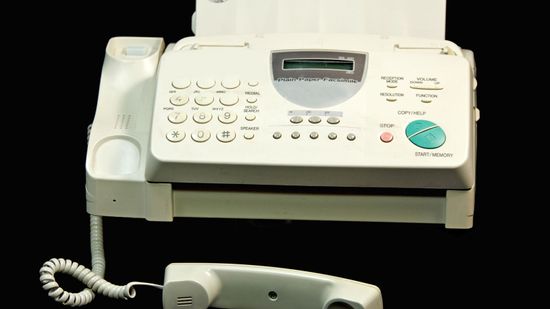
People Still Use Fax Machines, But, Um, Why?

How Rolex Came to Rule the Wrist
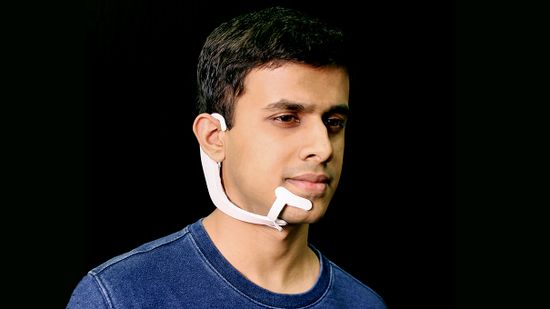
New MIT Headset Can 'Hear' Your Thoughts and Respond
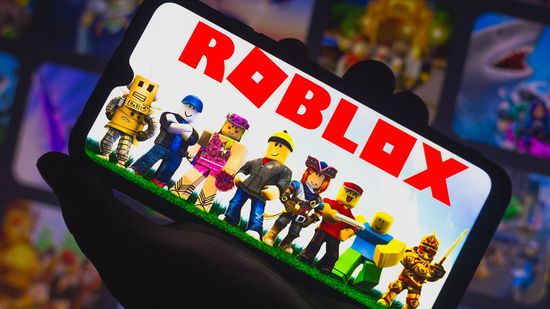
Run, Jump & Climb Your Way Through Our Roblox Quiz
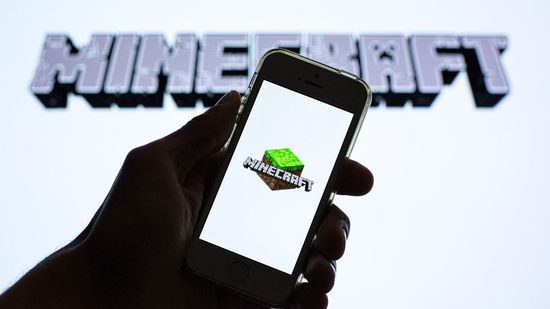
Can You Survive Our Minecraft Quiz?
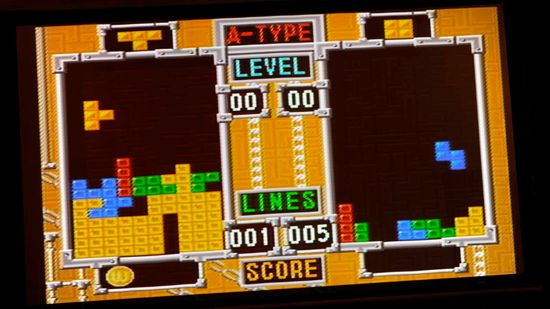
How Tetris Went From Soviet Mind Game to Smash Hit
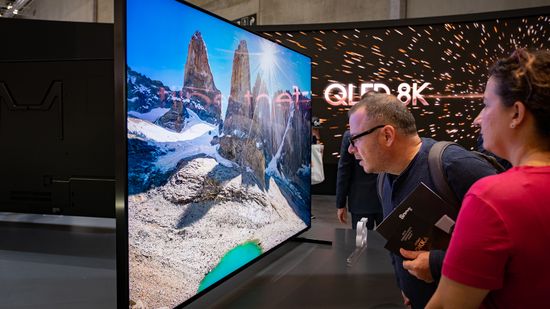
QLED vs. OLED: Weighing Different TV Options

How to Look and Sound Good on Your Videoconference Call

Can You Fix the Dirty Screen Effect?
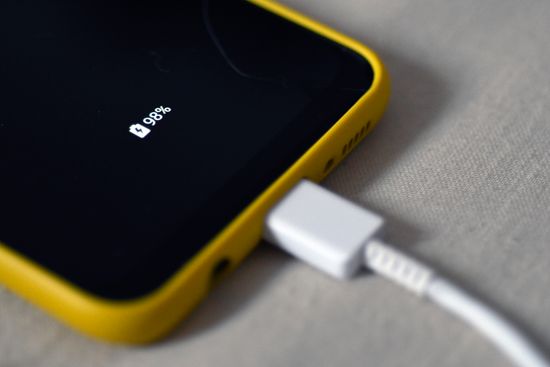
What Does Airplane Mode Do? And Can It Save Battery Life?
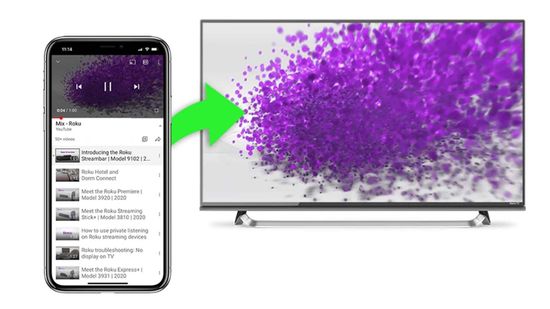
How to Cast Roku to Your TV

How to Download Music From YouTube

How Walkie-talkies Work

Why weren't The Beatles on iTunes?
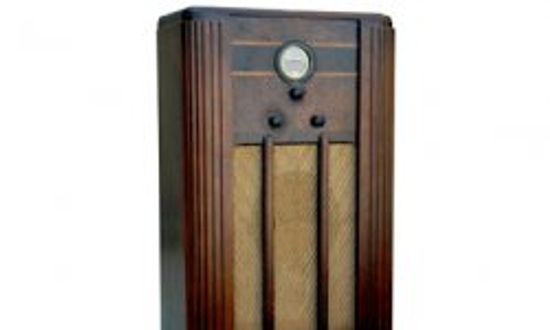
History of Radio Pictures
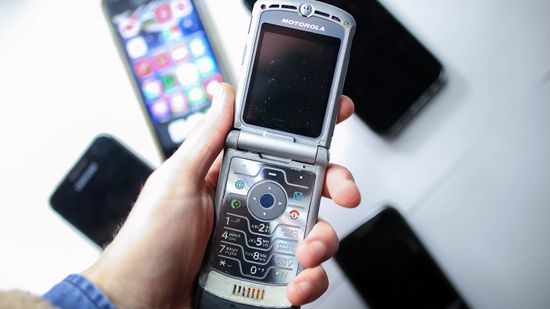
What’s Been the Best Selling Phone in the World?

Who Called Me From This Phone Number? Need-to-know Tips

LTE Meaning: Understanding the Cell Phone Technology
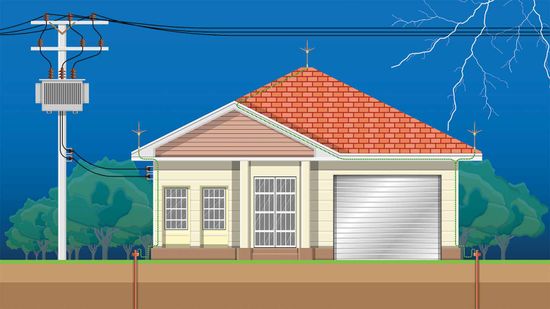
Does Your Home Need a Whole-house Surge Protector?
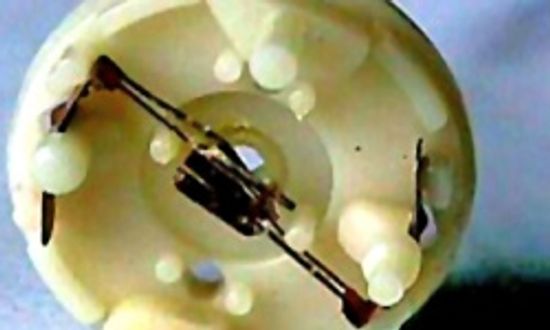
Inside an Electric Motor
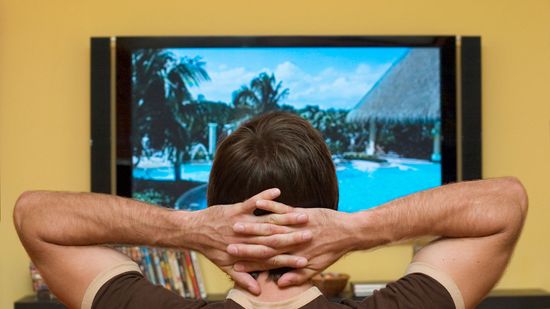
LCD vs. LED: What's the Difference Between the Displays?

Can You Use Your Phone on a Plane? Furthermore, Should You?

5 Myths About Mark Zuckerberg

Top 5 Myths About Bill Gates
Learn More / Page 2
How about, instead of your standard AA, we used flexible, incredibly thin batteries that could be powered by blood or sweat? Seems like an improvement, right?
Unless you're particularly organized and good with those little twist ties, you probably have a few dusty power cord tangles around your home. But wireless power transmission could soon cut the clutter and lead to clean sources of electricity.
If you're lucky enough to unwrap a sweet new iPhone or Kindle Fire this year, what are you going to do with that relic you've been using up to now?
By Julia Layton
Advertisement
Lithium-ion batteries are incredibly popular these days. You can find them in laptops, PDAs, cell phones and iPods. Find out why.
You've probably used a restaurant pager, but have you taken one apart? We have -- see how it works.
By Jeff Tyson
Location tracking is one of those double-edged swords of technology. It can help find people in an emergency, but it can also make your whereabouts known to strangers. Where are these systems starting to appear?
By Kevin Bonsor
The little disposable battery testers you see on batteries or battery packages are a great example of combined technologies -- several existing technologies have been combined in a completely new way!
Advertisement
The "self-recharging" feature of a battery is most noticeable in a car battery. In some cases, you can crank the engine until the battery seems totally dead, then come back an hour later and crank it again.
Ever wonder why some appliance plugs have three prongs and others have only two? What does that third prong do? And what would happen if you plugged a three-pronger into a two-prong outlet with an adapter?
Have you ever noticed the CE certification logo stamped on consumer products and electronics? Find out what this logo says about the product you're buying.
A large number of electronic devices carry "UL" marks. You can find them on everything from Christmas lights to digital camcorders. What does this logo mean?
Advertisement
Batteries power all sorts of things - they're in our cars, our PCs, our cameras, our cell phones. How do these tiny cans of chemicals provide power for so many of our daily conveniences?
By Marshall Brain, Charles W. Bryant, Clint Pumphrey & Yara Simón
